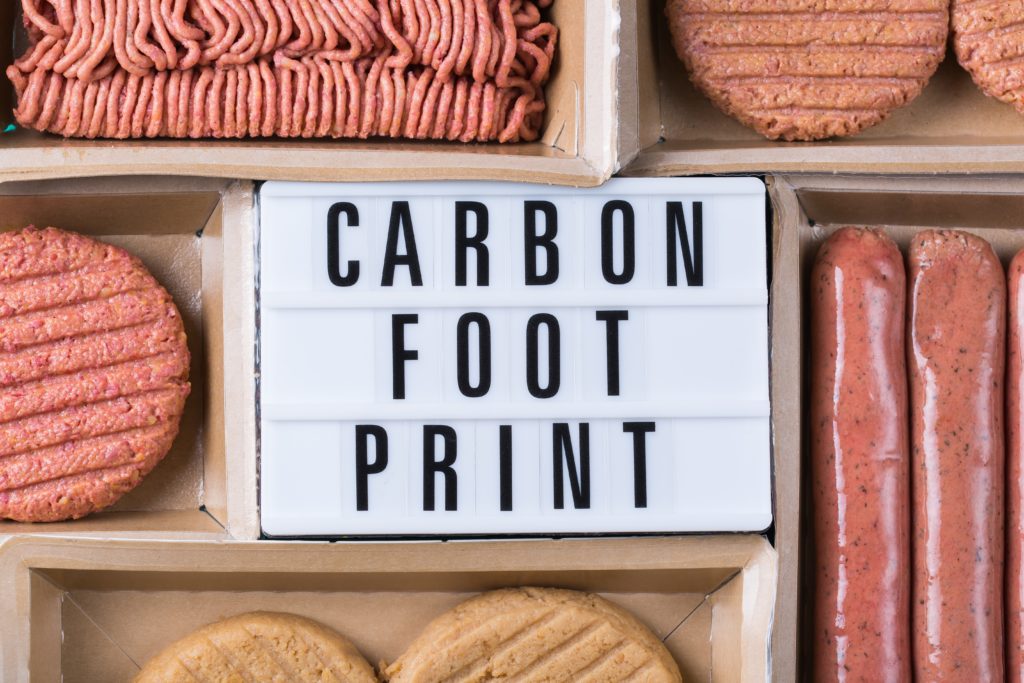You’ve heard of vegetarian and pescatarian diets, but a new diet, or rather a lifestyle, has been gaining traction over the last few years: climatarian. Vegetarians stick mainly to vegetables, pescatarians add fish to the equation, but climatarians “choose what to eat according to what is least harmful to the environment,” according to Cambridge Dictionary. So how is this new generation of climate-friendly eaters shaping the food and beverage industry?
A key aspect of living an environmentally conscious life comes from food choices, including the food itself and the packaging it comes in. More and more consumers are demanding products that not only claim to be sustainably made, but have been produced via renewable systems that embrace a holistic approach. Products that, for example, consider the impact on land, people, communities and wellness.
To many established food and beverage brands, this may sound like an unrealistic, expensive overhaul of all operations. But others are realizing the need to cater to the increasing number of climatarians and those interested in reducing their carbon footprints. Animal agriculture continues to be amongst the largest emitters of greenhouse gasses around the world. The question is, how can food and beverage brands make consumers aware of a product’s carbon footprint?
Some restaurant chains have already implemented climatarian menus. Panera Bread, for one, partnered with the World Resources Institute to introduce the Cool Food Meals certification, a carbon footprint label on its menus. Other fast-casual restaurants like Just Salad and Chipotle are marking items that fit in the diet on their menus. Since Just Salad added its climatarian menu in September 2020, over ten percent of salads came from that menu, the New York Times reported.
Related: Will Epicurious’ Move to Ditch Beef Recipes Actually Fight Climate Change?
Grocery stores are also starting to accommodate climatarians. New Seasons Market practices sustainability by partnering with local food producers and is seeking to include more information for consumers about its products. Sainsbury’s, the UK’s largest grocery chain, invested $1.3 billion to reduce its emissions to net zero by 2040.
Accommodating climatarians is more complex than using renewable energy and recyclable packaging during a product’s lifecycle. Food and beverage brands also have to take seasonality into account. For the most part, climatarians consume fruits and vegetables that are in season relative to their region, since out-of-season produce requires far more resources and energy to get from farm to plate.
Some climatarians avoid certain foods entirely. While plant-based eaters might consume avocados for their health benefits, climatarians could argue that avocados are too carbon-intensive to transport and their farms have depleted South African rivers and lakes, all to sustain America’s guacamole obsession (perhaps a reason Chipotle charges extra for it?).
The majority of the diet comprises in-season produce, whole grains, and some nuts, legumes and seeds. Optional foods include meat, dairy, seafood, eggs, coffee and tea, while ultra-processed foods, industrially-produced animal products, junk foods and sugar-sweetened beverages are largely avoided. But there are no clear-cut rules; the system is all about flexibility. This can make it difficult for brands to stay on top of the trends, which is why some hire sustainability officers as Just Salad did.
If the successful implementation of calorie counts on menus can serve as an example, climate labels and products with climatarian values in mind stand a good chance at shifting consumers’ perspectives, as one recent study suggests. Since food remains somewhat of the low-hanging fruit in the climate equation, there is no better opportunity than now for food and beverage brands to slowly but surely shift their practices, help educate consumers and accommodate existing climatarians.












Join or login to leave a comment
JOIN LOGIN